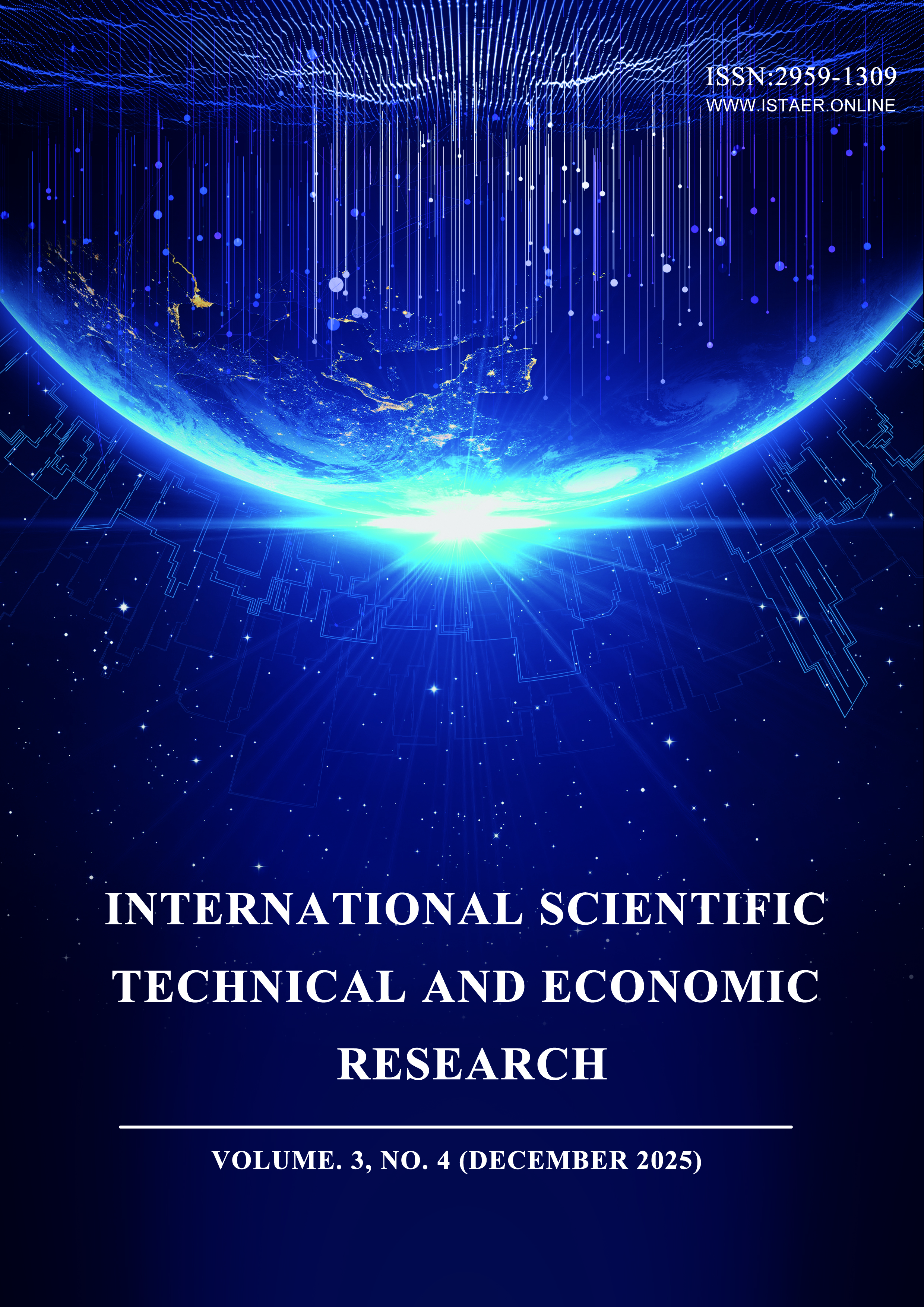Solving the NIPT optimal timing problem based on NSGA-II
DOI:
https://doi.org/10.71451/ISTAER2552Keywords:
Non-invasive prenatal testing; Multi-objective optimization; NSGA-II algorithm; Optimal testing time; body mass indexAbstract
This study addresses the optimal timing of noninvasive prenatal testing (NIPT) testing. A multi-objective optimization model centered on minimizing testing error and maternal and fetal risk was established and solved using the NSGA-II algorithm. Results demonstrated that the model effectively reflects the optimal gestational age distribution across populations with varying BMIs (BMIs). The optimal timing for NIPT testing was 18.63 weeks for those with a BMI ≥ 38.3, 23.74 weeks for those with a BMI 28.6–34.5, and 24.72 weeks for those with a BMI 20.0-28.6. With increasing iterations, the uniformity and diversity of the Pareto front significantly improved, and the HV index continued to rise. Monte Carlo perturbation and sensitivity analyses validated the model's stability and robustness, with BMI having the greatest impact on the results. Overall, the NSGA-II-based model effectively addresses the optimal timing of NIPT testing, providing accurate and reliable results and providing an effective quantitative basis for stratified and personalized testing.
References
[1] Servi J C Stevens, Wanwisa van Dijk, Nicole Y Souren, Merryn V E Macville, Guillaume van de Zande, Brigitte H W Faas... & Masoud Zamani Esteki. (2025). Clinically Irrelevant Terminal 16q21 Deletion Detected by NIPT Is Attributable to Inherited Fragility at FRA16B..American journal of medical genetics. Part A, e64271. DOI: https://doi.org/10.1002/ajmg.a.64271 DOI: https://doi.org/10.1002/ajmg.a.64271
[2] Haoyu Wang, Xiaobing Yu & Xuming Wang. (2025). A multi-stage multi-task evolutionary algorithm for constrained multi-objective optimization. Information Sciences,721,122559-122559. DOI: https://doi.org/10.1016/j.ins.2025.122559Get rights and content DOI: https://doi.org/10.1016/j.ins.2025.122559
[3] Guoqing Li, Yu Xin, Jun Niu, Zheng Wang, Jiacheng Chen & Fei Wu. (2026). Reinforcement learning assisted automatic niche selection for constrained multimodal multi-objective optimization. Expert Systems With Applications,297(PC),129458-129458. DOI: https://doi.org/10.1016/j.eswa.2025.129458 DOI: https://doi.org/10.1016/j.eswa.2025.129458
[4] Xuecheng Wu, Qiongbing Xiong & Cizhen Yu. (2025). Multi-objective optimization of regional energy systems with exergy efficiency and user satisfaction dynamics. Sustainable Computing: Informatics and Systems, 48, 101213-101213. DOI: https://doi.org/10.1016/j.suscom.2025.101213 DOI: https://doi.org/10.1016/j.suscom.2025.101213
[5] Shuting Zhong, Shaochen Yang, Rulei Sun, Ruifeng Tian, Sichao Tan, Chaojun Deng & Bo Wang. (2026). Multi-objective optimization study of wire mesh mist eliminator based on RSM and NSGA-II. Annals of Nuclear Energy,226,111899-111899. DOI: https://doi.org/10.1016/j.anucene.2025.111899 DOI: https://doi.org/10.1016/j.anucene.2025.111899
[6] Pang, C., Zhao, T., Chen, G., Li, C., Li, Z., Busababodhin, P., & Pawara, P. (2025). Earthquake and blast recognition based on CEEMDAN multiscale fuzzy entropy and NSGAIII optimized 1D-CNN neural networks. Journal of Seismic Exploration, 34(1), 22-42. DOI: https://doi.org/10.36922/JSE025260029 DOI: https://doi.org/10.36922/JSE025260029
[7] Fan Gao. (2025). Optimization Model of Multicenter Distribution Logistics Network Based on NSGA-II. Journal of Advanced Manufacturing Systems, (prepublish). DOI: https://doi.org/10.1142/S0219686727500090 DOI: https://doi.org/10.1142/S0219686727500090
[8] Serena Wee, Daniel A Newman,Q Chelsea Song & Chen Tang. (2025). Reducing adverse impact by hiring on vocational interests: A pareto-optimal approach. The Journal of applied psychology. DOI: https://doi.org/10.1037/apl0001317 DOI: https://doi.org/10.1037/apl0001317
[9] Gupta Kunal & Satyam Neelima. (2026). Enhancing Landslide Hazard Assessment Using Monte Carlo Simulations and Improved Soil Thickness Mapping in Uttarakhand, India. Natural Hazards Review, 27(1). DOI: https://doi.org/10.1061/NHREFO.NHENG-2449 DOI: https://doi.org/10.1061/NHREFO.NHENG-2449
[10] Davide Marcato, Achille Giacometti, Amos Maritan & Angelo Rosa. (2025). Entropy of self-avoiding branching polymers: Mean-field theory and Monte Carlo simulations. The Journal of chemical physics, 163(14). DOI: https://doi.org/10.48550/arXiv.2506.22315 DOI: https://doi.org/10.1063/5.0287899
Downloads
Published
Issue
Section
License
Copyright (c) 2025 International Scientific Technical and Economic Research

This work is licensed under a Creative Commons Attribution-NonCommercial-NoDerivatives 4.0 International License.
This work is licensed under the Creative Commons Attribution International License (CC BY 4.0).




